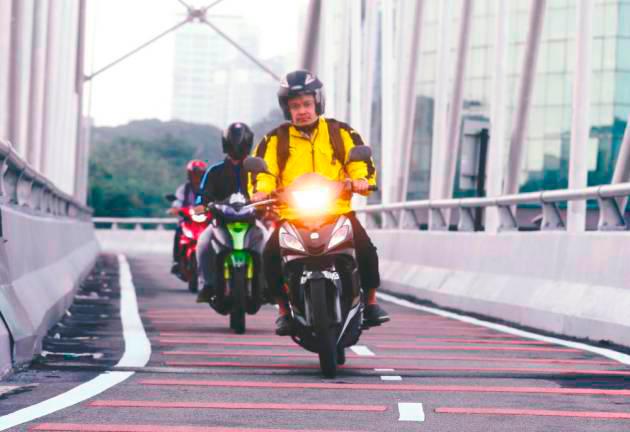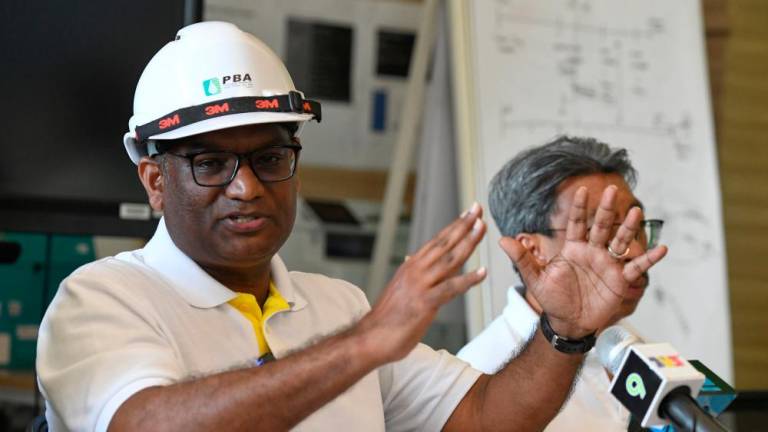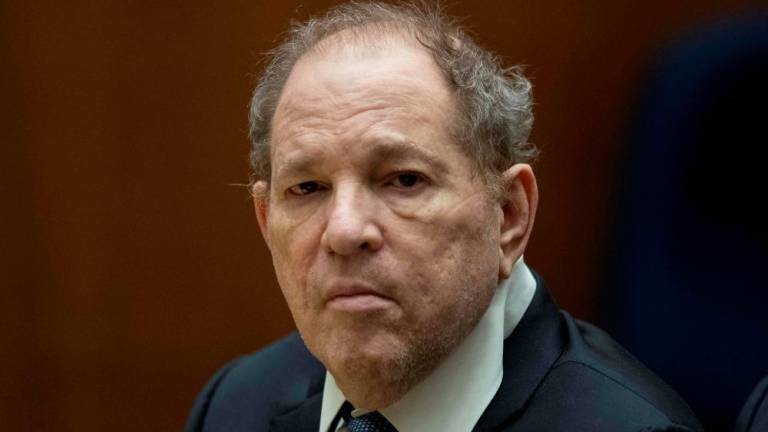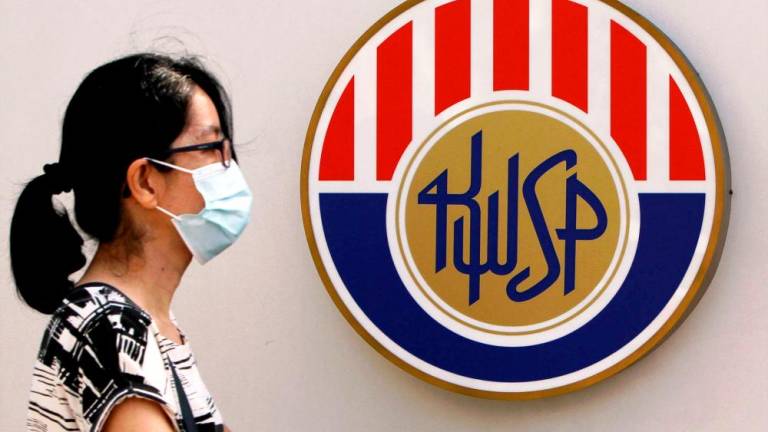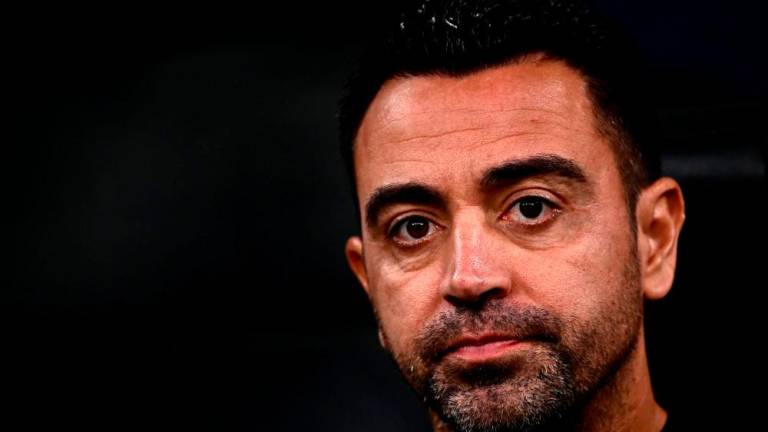PETALING JAYA: The government has been asked to consider allowing school-going motorcyclists to only ride on mopeds which are small motorcycles that can only go between 42 to 45 km per hour.
Making this call, the Consumers Association of Penang (CAP) said restricting youths to mopeds would keep them from the enticement to speed because speed thrills but kills.
Its president Mohideen Abdul Kader was responding to a recent report that Malaysian motorcyclist may overtake Thailand in road accident fatalities.
According to the report, motorcyclists accounted for 70.2% of the nationwide fatalities of 2,954 in Malysia from January to August this year.
“CAP asks why, despite all the research and efforts in curbing accident rates, motorcycle fatality rate kept rising,” Mohideen said in a statement today.
“In 2013, the Malaysian Institute of Road Safety Research (Miros) highlighted that Malaysia has the fifth highest accident fatalities involving motorcycles in the world.
“Based on a decade of accident statistics, the percentage of motorcycle fatalities had never dipped below 58% of all road fatalities despite the studies and effort put in to lower the statistics. In 2020, it reached an astounding 67.29%.”
He pointed out that the number of registered motorcycle ownership is almost half the total of all registered vehicles and this increases the chance of an accident as there is a competition to the use of the road.
A 2016 study conducted by Miros showed that those aged between 16 and 25 years-old motorcyclists had the highest number of fatalities, serious injuries, and minor injuries. These are the reported cases, the actual number of accidents may never be known as many minor ones were not reported.
In a Miros study on 921 students from 32 secondary schools, researchers found 62.4% of the students rode on a motorcycle without a license. As many as 89.8% of them admitted that they had learned to ride on a motorcycle without a license as young as 12 years-old.
Out of the 575 students who rode a motorcycle without a licence, 88.2% of them had not never been summoned before. The survey also showed that 62.6% of the students’ parents did not stop or forbid their children from riding a motorcycle without a licence.
The government should consider only allowing school-going motorcyclists to ride on mopeds which are small motorcycles that can only go between 42 to 45 km per hour. Restricting youths to mopeds would keep them from the enticement to speed because speed thrills but kills.
Miros also noted that most of the motorcyclists turned out to major roads from intersections less than four seconds from the oncoming vehicles, resulting in serious accidents and that they are poor in using their turning signal to alert other motorists of their intention to turn. These motorcycle accident victims have been identified as teenagers.
While potholes, poor road design, and bad road condition are to be blamed, the human factor cannot be easily eliminated and this has to be addressed by strict enforcement of the law, Mohideen said.
“The study found that most of the accidents involving motorcycles were the result of careless riding, speeding, traffic light violations and dangerous turning. We like to ask the authorities how many motorcycle licenses have been suspended since the implementation of the demerit points system for traffic offences (Kejara) in 2017.
“We urge the government to heavily penalise motorists who flout traffic regulations. People tend to break the law when they know that either they can likely get away with their act or that they pay with a light penalty,” he added.
Mohideen also said it has become a mockery of the law when the government makes seasonal offers of hefty discounts when a person pays his traffic fines.
“Why can’t the government blacklist defaulters and prevent them from their renewing license or road tax if a person had outstanding fines?” he asked.



